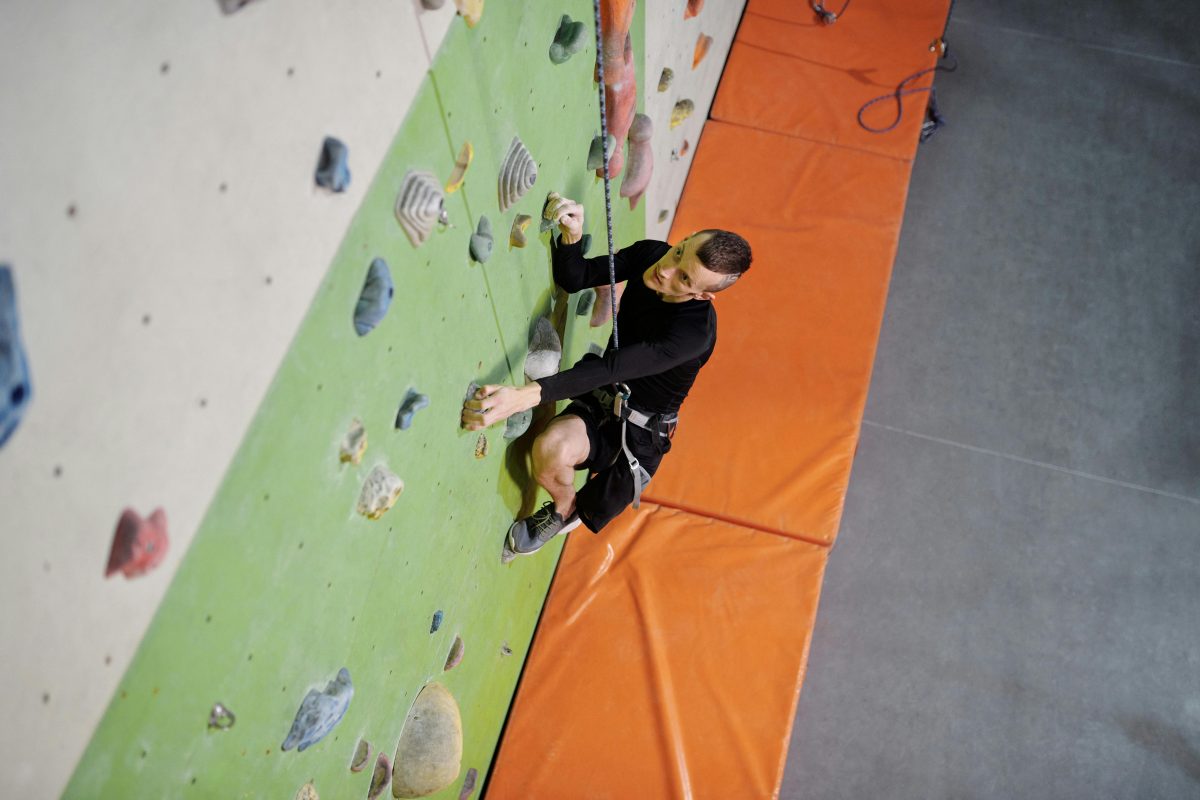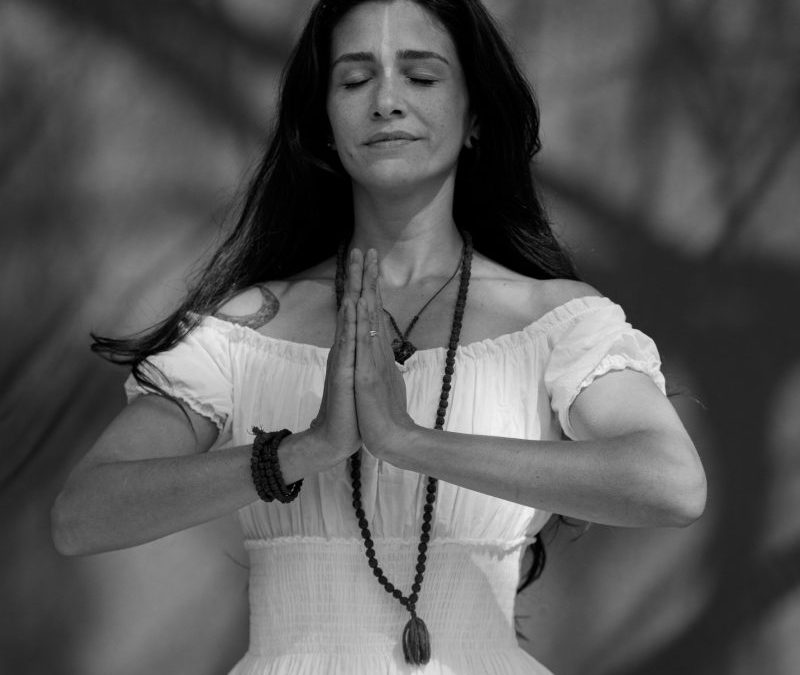Last Updated on: 14th July 2024, 09:36 am
Introduction to Mindful Exercise

Mindful exercise, a practice that intertwines physical activity with mindfulness, focuses on being present and fully engaged in the moment. This approach to fitness not only enhances physical strength and flexibility but also cultivates a deep sense of mental clarity and emotional balance. Originating from ancient traditions, mindful exercise incorporates principles from yoga, tai chi, and meditation, emphasizing the connection between mind, body, and breath.
The allure of mindful exercise has surged in recent years. In a world that moves at breakneck speed, the promise of a practice that slows us down, centers our thoughts, and harmonizes our inner and outer selves is more appealing than ever. This growing interest reflects a collective yearning for a holistic approach to health and well-being, where the journey is just as important as the destination.
The Science Behind Mindful Exercise

Neurological Benefits: Enhancing Brain Function and Mental Health
- Engaging in activities that require mindfulness has been shown to improve cognitive function, leading to better concentration, memory, and emotional regulation.
- This mental upgrade is a result of increased blood flow to the brain, fostering new neural connections.
- The impact on mental health is profound, with reductions in symptoms of anxiety and depression commonly reported.
Physical Health Improvements: From Flexibility to Cardiovascular Health
- The physical perks of mindful exercise are vast. It enhances flexibility, strengthens muscles, and improves cardiovascular health.
- Each movement, done with intention, contributes to a stronger, more resilient body.
- The beauty of this approach is its adaptability; it benefits the seasoned athlete and the fitness novice alike.
The Connection Between Mindfulness and Reduced Stress Levels
At its core, mindful exercise is a powerful antidote to stress. The practice encourages a focus on the here and now, which helps to break the cycle of worry and stress that plagues many of our lives. This present-moment awareness activates the body’s relaxation response, leading to lower cortisol levels and a feeling of calm. Over time, this can lead to significant reductions in stress, creating a more peaceful and balanced life.
Psychological Benefits of Mindful Exercise

Boosting Mental Well-Being
- Mindful exercise is a beacon of light for those navigating the murky waters of anxiety and depression.
- By engaging in activities that fuse physical movement with a mindful approach, individuals report a significant uplift in their mood.
- This isn’t just a fleeting change; it’s a profound transformation that reduces the symptoms of mental health challenges, making each day brighter and more manageable.
Enhancing Self-Awareness and Emotional Regulation
- Imagine navigating life’s ups and downs with grace and composure.
- Mindful exercise cultivates a deep sense of self-awareness, allowing practitioners to understand their emotions on a nuanced level.
- This understanding is powerful, equipping individuals with the tools to regulate their emotions effectively.
Improving Sleep Quality and Concentration
- A restful night’s sleep and a focused mind are not just wishes on a star; they’re attainable goals through mindful exercise.
- By promoting relaxation and easing the mind, this practice paves the way for deeper, more restorative sleep.
- And when it comes to concentration, the benefits are equally impressive. A clear, calm mind is better equipped to focus, making tasks both big and small more manageable.
Mindful Exercise in Practice

Examples of Mindful Exercises
- Yoga: Combines physical postures, breathing exercises, and meditation to enhance flexibility and mental clarity.
- Tai Chi: A form of martial arts known for its slow, deliberate movements, improves balance and calms the mind.
- Mindful walking: Involves walking with full attention to each step, promoting a state of active, open attention on the present.
Incorporating Mindfulness into Traditional Exercises
Transforming any physical activity into a mindful exercise is possible by integrating mindfulness principles. Focus on your breathing, pay attention to the movement of your body, and observe your thoughts and sensations without judgment. Whether lifting weights, running, or cycling, this mindful approach can deepen the connection with your body, enhance performance, and increase the enjoyment of the activity.
Tips for Beginners
- Start with short sessions, perhaps five to ten minutes long, and gradually increase the duration as you become more comfortable.
- Choose activities that you enjoy and are likely to stick with, whether it’s yoga, Tai Chi, or mindful walking.
- Remember, the goal is not perfection but presence. Be patient with yourself, and approach each session with an open mind and a willingness to experience the moment fully.
Embracing mindful exercise is a transformative journey that strengthens the body, calms the mind, and nurtures the soul. By incorporating mindfulness into your fitness routine, you embark on a path to a more balanced and fulfilling life. The benefits of this practice extend far beyond physical health, offering a profound sense of peace and well-being that permeates every aspect of your life.
The Role of Mindful Exercise in Stress Management

Stress, an unwelcome companion in our fast-paced lives, wreaks havoc on both body and mind. It tightens muscles, clouds thoughts, and can even lead us down the path to chronic health issues. Yet, amidst this turmoil, mindful exercise emerges as a beacon of relief. By marrying physical activity with mindfulness, it offers a potent antidote to the stress epidemic.
At its heart, mindful exercise is about presence. It’s a practice that teaches us to inhabit our bodies and our moments fully. This presence interrupts the relentless cycle of stress-inducing thoughts, allowing a space of calm to emerge. With each breath and movement, cortisol levels drop, muscles relax, and the mind finds peace. This isn’t just theory; it’s a practice rooted in the real-life experiences of countless individuals who have found solace and strength on their mats and walking paths.
Consider the story of a high-powered executive, drowning in deadlines and emails, who discovered yoga as a sanctuary. Or the tale of a stressed-out parent who found in Tai Chi a moment of peace amidst chaos. These stories, and many others like them, illustrate the transformative power of mindful exercise. It’s not just about bending and stretching; it’s about finding a quiet center in the storm of life.
Embracing mindful exercise doesn’t require monumental changes. It starts with a single step, a deep breath, and the intention to be fully present. Whether through yoga, Tai Chi, or mindful walking, the journey towards stress management and a more balanced life is within reach. The key is to start, to embrace the practice with an open heart, and to let the journey unfold.
Incorporating mindful exercise into your routine is a step towards not just managing stress, but transforming your relationship with it. It’s a pathway to a life where balance, peace, and resilience are not just ideals, but lived realities. So, take that step. Breathe deeply. Move intentionally. And discover the profound benefits that await.
Overcoming Barriers to Mindful Exercise

Common Misconceptions About Mindful Exercise
- Duration and Environment: Quality over quantity – Mindful exercise doesn’t require long hours or a serene setting. Even short sessions can be impactful.
- Accessibility: For everyone – Contrary to the belief that it’s only for the fit and flexible, mindful exercise is accessible to all, regardless of fitness level or age.
Strategies for Integrating Mindful Exercise into a Busy Lifestyle
- Start Small: Begin with short, manageable sessions. Just five minutes of focused breathing or gentle stretching can positively impact your day.
- Make it a Priority: Treat your practice as an important appointment by scheduling it into your day.
- Be Flexible with Location: Mindful exercise can be practiced anywhere – from a quiet office corner to a park bench.
Addressing Physical Limitations and Finding Suitable Exercises
- Adaptations and Modifications: Practices like yoga or Tai Chi can be made accessible through adaptations for those with mobility issues, such as chair exercises.
- Listen to Your Body: It’s crucial to respect your body’s limits, using props or alternative poses as needed.
By dispelling myths, making mindful exercise a priority, and adapting to physical needs, barriers begin to crumble. This opens the door to a practice that not only strengthens the body but also brings tranquility to the mind and spirit. Embrace the journey, and let mindful exercise be a source of balance and rejuvenation in your life.
In Closing
Mindful exercise transforms lives beyond the physical. It fosters resilience and joy, bridging the gap between body and spirit. Through the harmonious blend of movement and mindfulness, individuals navigate life’s challenges with greater ease and awareness, embarking on a journey that enriches both mind and soul. This practice invites us to embrace each moment with intention, leading to a more balanced, fulfilling existence. Let us step forward with mindfulness, cultivating a life of peace, strength, and well-being.
The Benefits of Mindful Exercise FAQs
Mindful exercise can be an effective tool for weight management by fostering a better connection with the body and its hunger and satiety signals. It encourages a more attuned eating approach, reducing instances of emotional or mindless eating. Additionally, by improving the quality of workouts through focused attention, it can enhance metabolic efficiency and fat burning.
Mindful exercise can play a significant role in managing chronic diseases such as diabetes, heart disease, and arthritis. It improves physical fitness and body awareness, which can help in monitoring symptoms and understanding the body’s responses to different activities. Moreover, the stress-reducing effects of mindful exercise can positively impact overall health and well-being, which is crucial for chronic disease management.
Yes, mindful exercise can lead to improvements in physical health, including increased flexibility, better posture, and enhanced cardiovascular health. By paying close attention to form and movement, it reduces the risk of injury and maximizes the efficiency of the workout. Additionally, it can help in managing chronic pain by increasing pain tolerance and reducing pain perception.
Mindful exercise has been shown to significantly reduce stress, anxiety, and symptoms of depression. By focusing on the present moment and bodily sensations, it helps in breaking the cycle of negative thoughts and emotions. This practice also enhances the production of endorphins, which are natural mood lifters.
Mindful exercise trains the brain to focus on the present moment, which can significantly enhance overall focus and concentration. By directing attention to bodily sensations and breath, it strengthens the mind’s ability to concentrate, reducing susceptibility to distractions. This improved focus can extend beyond exercise, benefiting daily activities and tasks.
Mindful exercise has been found to improve sleep quality by reducing stress levels and promoting relaxation. Engaging in mindful physical activities helps regulate the body’s natural sleep-wake cycle, making it easier to fall asleep and stay asleep. This is particularly beneficial for those struggling with insomnia or restless sleep patterns.
Incorporating mindfulness into an exercise routine involves focusing on the breath, paying attention to the sensations in the body, and consciously moving with intention. It requires letting go of external distractions and internal judgments, and instead, tuning into the present moment. Starting with short sessions and gradually increasing the duration can help in developing a more mindful approach to exercise.
Mindful exercise is highly suitable for beginners as it emphasizes the importance of listening to one’s body and progressing at a comfortable pace. It encourages an attitude of non-judgment and patience, which can be particularly beneficial for those new to exercise. This approach can make the process of starting a fitness routine less intimidating and more sustainable.
Mindful exercise involves engaging in physical activity while maintaining an acute awareness of the body’s movements, sensations, and the environment. This approach integrates the mind and body, promoting a deeper connection and awareness during exercise. It helps in recognizing the body’s needs, limits, and the subtle changes that occur through consistent practice.
Activities such as yoga, Pilates, tai chi, and even walking can be practiced mindfully by focusing on breath, movement, and bodily sensations. These exercises inherently encourage mindfulness, but virtually any form of exercise can become mindful with the right approach and awareness. The key is to remain fully present and engaged with the exercise, rather than letting the mind wander.
Orlando is a all round athlete from Australia, now resident in Germany. His sports of passion of American Football(Offensive line), weight training and indoor rock climbing where he uses his 195cm wing span to his advantage.



